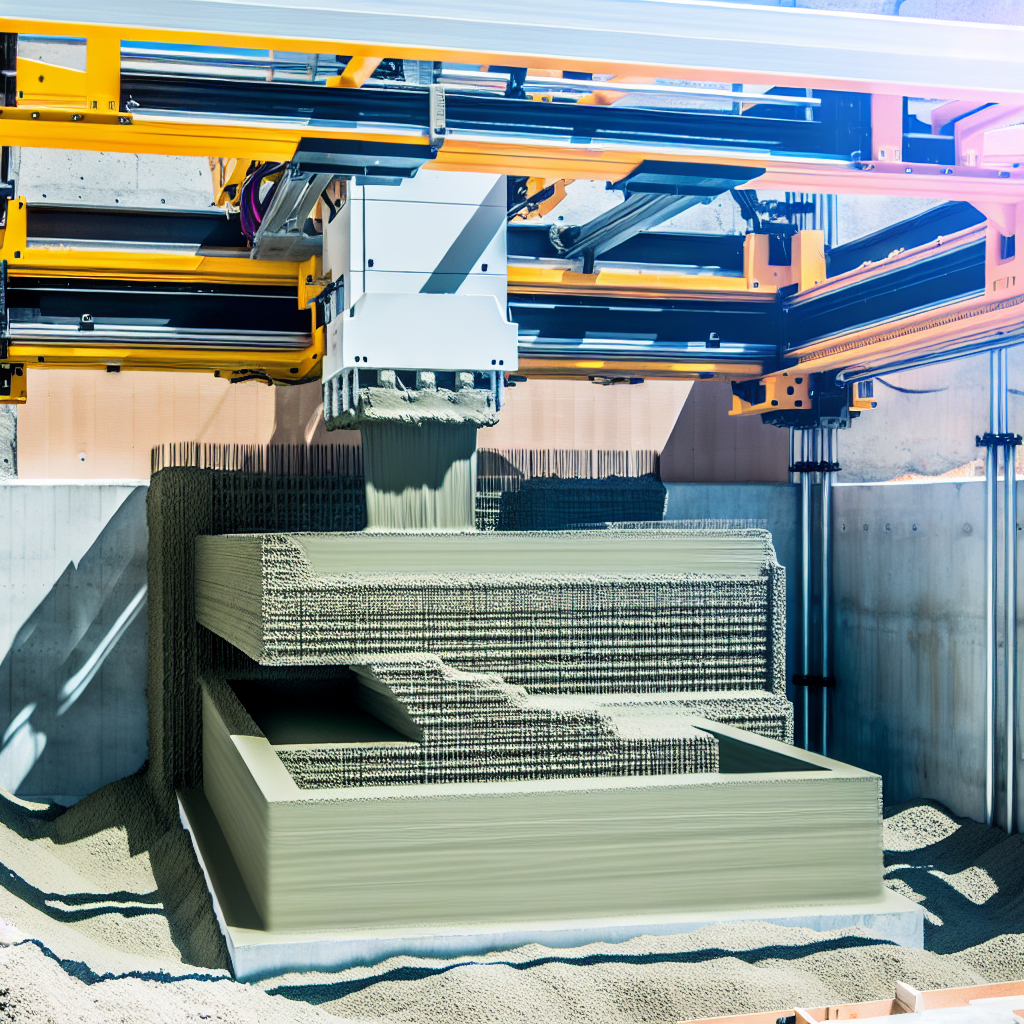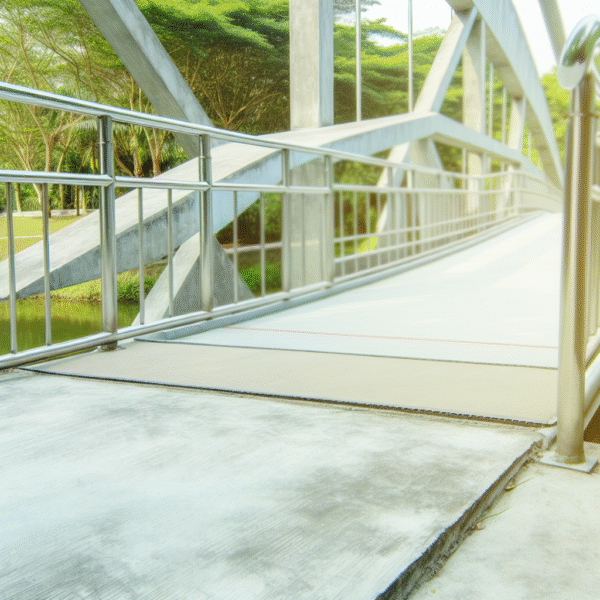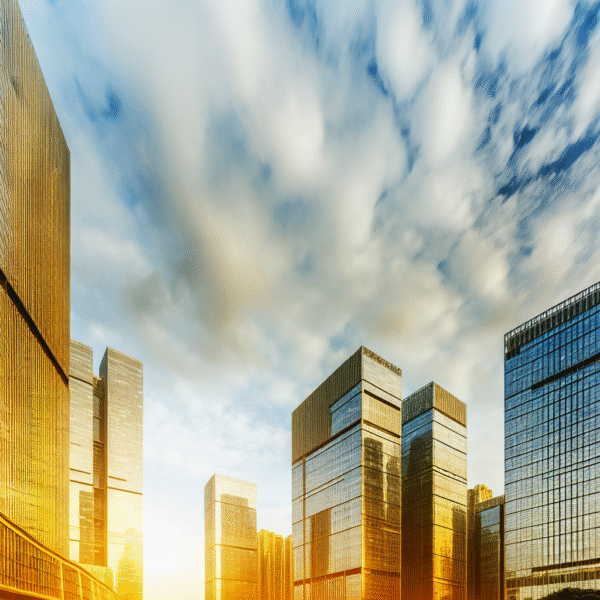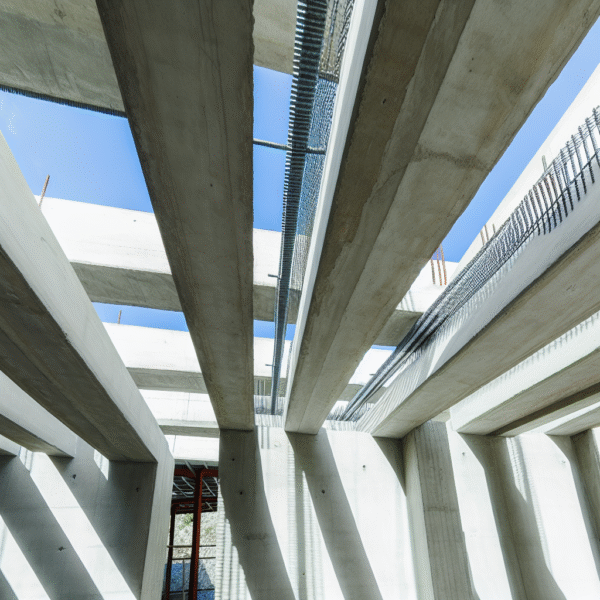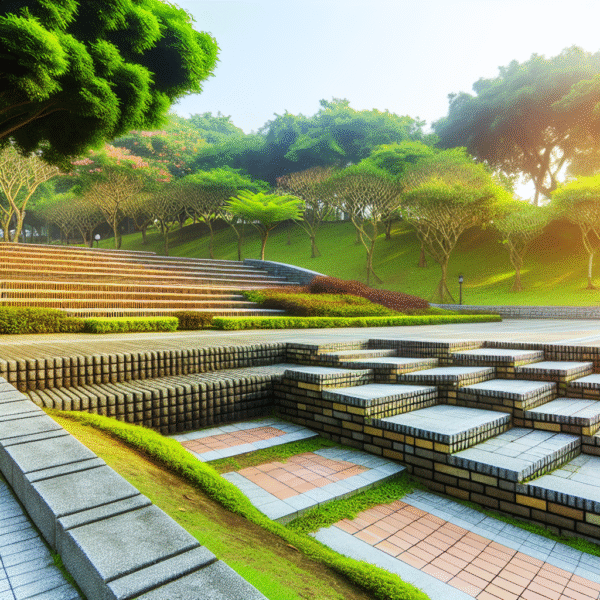3D printing with concrete is transforming the way we build—redefining architecture while introducing striking new destinations. From the deserts of Mexico to the canals of Amsterdam, this innovative construction method is inspiring sustainable travel and futuristic design. For families, eco-conscious travelers, and design fans alike, these concrete structures are turning heads and opening minds.
What is 3D Printing with Concrete—and Why It Matters
Picture a massive robotic printer laying down layers of custom-mixed concrete based on a 3D model. That’s 3D printing with concrete: a process that uses large-scale gantry systems or robotic arms to extrude cementitious material into precisely shaped structures. No molds, no scaffolding—just future-forward construction driven by software.
This technique is revolutionizing construction. It offers reduced waste, lower labor costs, and significantly faster build times. Plus, projects can include bold curves and organic shapes that traditional architecture can’t easily achieve. More importantly, it supports a shift toward sustainable urban planning—especially vital in regions vulnerable to climate change.
Where to See 3D Printing with Concrete in Action
Tecla, Ravenna, Italy – Clay Meets Code
Just outside Ravenna stands Tecla, one of the world’s first fully 3D printed homes built from clay and cement. A project led by architect Mario Cucinella and WASP, it merges ancient techniques with cutting-edge technology. The house is off-grid, biodegradable, and completely eco-conscious—a rare architectural feat in itself.
Travel Tip: While Tecla isn’t formally open to the public, student-led tours are occasionally offered through local universities. Search Airbnb Experiences or local groups for guided visits in English or Italian.
MX3D Bridge, Amsterdam, Netherlands – Tech on the Canals
Though made with stainless steel, Amsterdam’s MX3D Bridge symbolizes a broader embrace of digital fabrication, including 3D printing with concrete. The city is now home to a variety of printed concrete street furniture—benches, planters, and even sculptural façades—making it a living gallery for modern materials and methods.
How to Visit: Start at the Oudezijds Achterburgwal canal. It’s easy to combine with a visit to the NEMO Science Center or the modern exhibits at the Stedelijk Museum—both excellent for curious travelers and families alike.
Nacajuca, Mexico – The First 3D Printed Neighborhood
In Tabasco’s Nacajuca community, 3D printing with concrete is solving real housing needs. A neighborhood of hurricane-resistant homes has risen here, thanks to collaboration between New Story, Icon, and Échale. Built using Lavacrete, a specially engineered concrete mix, these homes are changing lives and inspiring future developments worldwide.
Local Insight: Connect with local sustainable travel guides in Villahermosa or educational groups at the Universidad Juárez Autónoma de Tabasco to arrange a visit. A few Spanish phrases will go a long way when speaking with residents.
Family-Friendly Experiences in Concrete Innovation
Exploring 3D printing with concrete isn’t just for tech lovers—it’s also educational and great for families. These kid-friendly stops blend fun with design and science:
- Kamp C, Belgium: Located in Westerlo, this is Europe’s first fully 3D printed two-story house. Inside the green tech campus, families can enjoy interactive exhibits focused on sustainability and smart building.
- Advanced Structures Lab, Maine, USA: The University of Maine hosts biannual open houses where guests can explore concrete printing and see printed boats and modular homes using wood fiber composites.
- Dubai Municipality 3D Printed Office: Situated near Emirates Towers, this is the world’s first functional office printed in concrete. It’s a futuristic photo-op and a quick stop during green city tours around Dubai.
For more hands-on fun, try family workshops in digital fabrication at Fab Lab Barcelona or GreenFab Labs in Seattle. These makerspaces offer intro classes where you can design and print small objects using concrete printers—ideal for teens and curious adults.
Futuristic Lodging: Where to Stay Off the Grid
For adventure seekers, the impact of 3D printing with concrete goes far beyond city architecture. The technology is now redefining remote accommodation and sustainable travel hotspots.
El Cosmico 2.0 in Marfa, Texas is a standout. Designed by BIG (Bjarke Ingels Group) and constructed by Icon, this desert destination will feature printed dwellings that blend minimalism with Martian vibes. Expect surreal domes and digital-age adobe upon its 2024 unveiling.
In California’s Joshua Tree, artists and architects are also experimenting with 3D printed concrete cabins. Many double as Airbnbs. Check platforms like Hipcamp or message art walk organizers for stays and tours.
Pro Tip: Many remote stays don’t appear in standard GPS apps. Download offline navigation tools and stock up on essentials—especially water—before venturing into nature.
Upcoming Projects Worth the Trip
With 3D printing with concrete accelerating, travelers can expect new, must-see destinations in 2025 and beyond:
- Paris, France: A spiral-shaped printed pavilion at the Olympic Legacy Park in Saint-Denis will serve as a cultural and interactive space post-2024 Games.
- Ghana, West Africa: The Freedom House initiative is using concrete printers adapted to local soil to provide eco-friendly homes in rural villages.
- Austin, Texas, USA: As the HQ of Icon, Austin is buzzing with innovation—including Mars simulation projects developed with NASA. Future tours may launch through Space Center Houston’s Mars Initiative.
Stay Informed: Follow project leads on Instagram and check platforms like ArchDaily or Dezeen for launch updates. New structures often debut with art events or open-house weekends.
Integrating Concrete Printing Into Your Journey
You don’t need to be an architect to appreciate the marvels of 3D printing with concrete. As more cities embrace this efficient, low-waste building method, printed structures are becoming easier to incorporate into your travel itinerary.
Why not combine a site visit with a local food tour or cultural event? These destinations offer more than pretty pictures—they spark conversations about sustainability, technology, and what the future of travel and design could look like.
From the rustic domes of Tecla to the tech-enhanced tranquility of Marfa, 3D printed concrete structures are setting a bold new tone for the experiences we seek and the future we’re building—layer by innovative layer.
